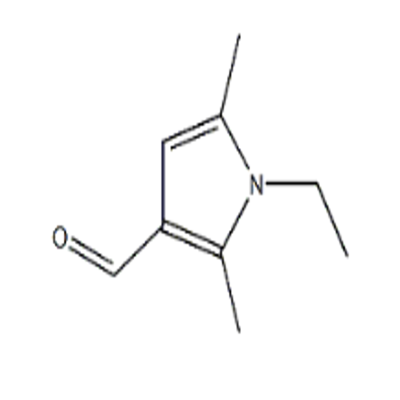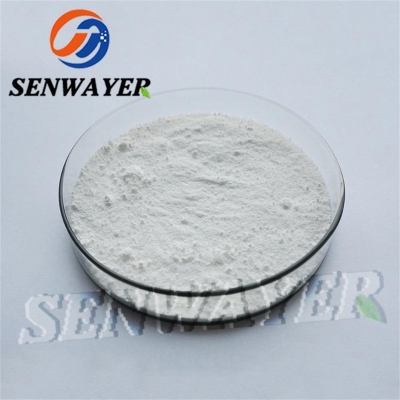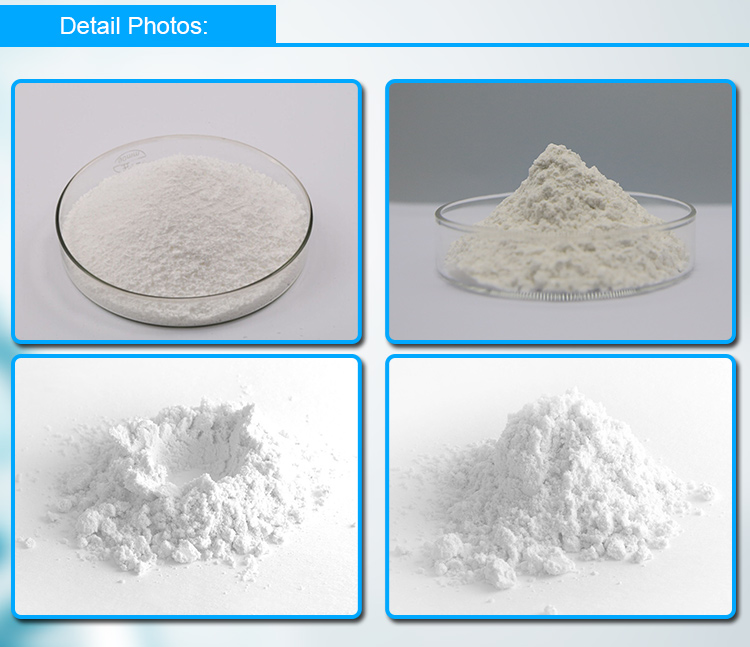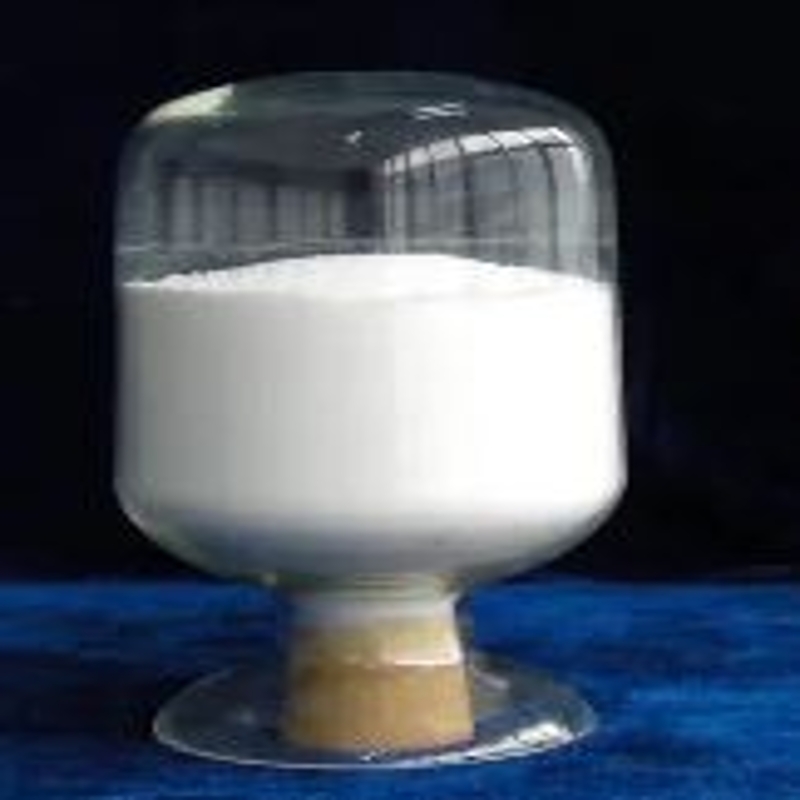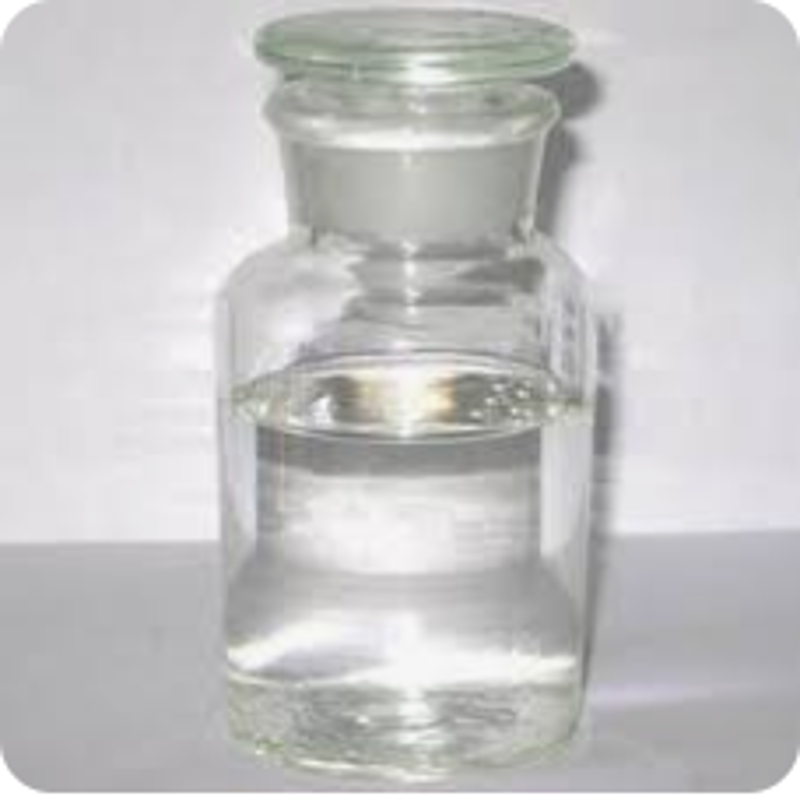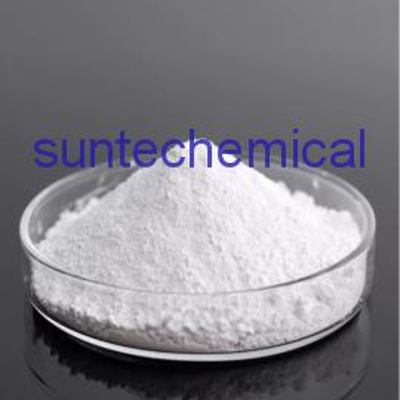Cosmetic Ingredient
- • Abrasive (124)
- • Absorbent (84)
- • Anticaking (66)
- • Anticorrosive (25)
- • Antifoaming (19)
- • Antimicrobials (290)
- • Antioxidant Ingredient (393)
- • Antiperspirant (20)
- • Antiplaque (48)
- • Anti-seborrheic (38)
- • Anti-sebum (39)
- • Antistatic (458)
- • Astringent (162)
- • Binding Agent (172)
- • Bleaching Agent (53)
- • Buffering (191)
- • Bulking (109)
- • Chelating (122)
- • Cleansing (679)
- • Cosmetic Colorant (212)
- • Cosmetic Preservative (158)
- • Denaturant (45)
- • Deodorant (98)
- • Depilatory (27)
- • Dissolving Agent (298)
- • Emollient (795)
- • Emulsifying Agent (480)
- • Emulsion Stabilising (154)
- • Exfoliating (19)
- • Film Forming (299)
- • Flavouring (72)
- • Foam Boosting (161)
- • Foaming (101)
- • Fragrance Ingredient (726)
- • Gel Forming (19)
- • Hair Conditioning (670)
- • Hair Dyeing (363)
- • Hair Fixing (36)
- • Hair Waving or Straightening (45)
- • Humectant (282)
- • Hydrotrope (92)
- • Keratolytic (20)
- • Light Stabilizer (80)
- • Moisturising Agent (50)
- • Nail Conditioning (42)
- • Occlusive (20)
- • Opacifying (119)
- • Oral Care (123)
- • Oxidising (19)
- • Perfuming (2105)
- • Plasticiser (98)
- • Propellant (19)
- • Reducing (50)
- • Refatting (12)
- • Refreshing (26)
- • Skin Cleansing (388)
- • Skin Conditioning (1751)
- • Skin Humectant (21)
- • Skin Protecting (282)
- • Smoothing (31)
- • Soothing (71)
- • Tonics (155)
- • UV Filter (34)
- • Viscosity Controlling (532)
Chemicals as Skincare Ingredients
Related News
-
Pfizer China Oncology Division Restructures Amid Executive Changes
2025-03-19 -
Price Surge Alert as Major Suppliers Increase Barium Sulfate Costs by 200 Yuan per Ton
2025-03-20 -
Shell Considers Partnering with the U.S. and Closing European Chemical Assets
2025-03-26 -
Quaker Houghton Acquires Dipsol Chemicals, Strengthening Advanced Solutions Portfolio
2025-03-27 -
AstraZeneca to Invest $2.5 Billion to Establish Global Drug R&D Center in Beijing
2025-03-25 -
Saudi Aramco CEO: Invest in downstream projects in China's energy, chemical and other fields
2025-03-28
Oxidising
Laccase
(80498-15-3)Most laccases are of fungal origin, but they also occur in bacteria, insects, and plants. Due to the broa
-
Industrial Grade / 100%
$35-40/KG EXW
-
Industrial Grade / -
-
- / 99.00%
-
Pharmacy Grade / 99%
Request for quotation , get quotes from more suppliers.
-
![SODIUM PERBORATE HYDRATE buy SODIUM PERBORATE HYDRATE]()
Industrial Grade / 99.0%
-
![SODIUM PERBORATE HYDRATE buy SODIUM PERBORATE HYDRATE]()
-
![SODIUM PERBORATE HYDRATE buy SODIUM PERBORATE HYDRATE]()
Industrial Grade / 99%
-
![Perboric acid, sodium salt buy Perboric acid, sodium salt]()
Different Grade / 99.9%
Request for quotation , get quotes from more suppliers.
Hypochlorous acid
(7790-92-3)-
Industrial Grade / 90%
-
Pharmacy Grade / 99%
-
Industrial Grade / 99%
-
![hypochlorous acid buy hypochlorous acid]()
Request for quotation , get quotes from more suppliers.
Sodium bromate
(7789-38-0)-
Industrial Grade / 99%
-
Industrial Grade / 99%
-
-
Different Grade / 99.9%
$0.1/KG EXW
Request for quotation , get quotes from more suppliers.
Eureco
(128275-31-0)-
Cosmetics Grade / 98%
-
Industrial Grade / 17%
-
-
Request for quotation , get quotes from more suppliers.
Sodium peroxoborate
(7632-04-4)-
Industrial Grade / 99%
-
Chemical Grade / 99%
-
-
Food Grade / 100%
Request for quotation , get quotes from more suppliers.
Magnesium peroxide (Mg(O2))
(14452-57-4)-
Chemical Grade / 99%
-
- / 99.00%
-
Industrial Grade / 99%
$1.71-2.19/MT FOB
-
![Magnesium dioxide buy Magnesium dioxide]()
Request for quotation , get quotes from more suppliers.
-
![Chlorous acid buy Chlorous acid]()
Industrial Grade / 99.0%
-
![Chlorous acid buy Chlorous acid]()
-
![Chlorous acid buy Chlorous acid]()
-
![Chlorous acid buy Chlorous acid]()
Industrial Grade / 99%
Request for quotation , get quotes from more suppliers.
Polygonum persicaria, ext.
(90082-99-8)-
![Polygonum persicaria, ext. buy Polygonum persicaria, ext.]()
Industrial Grade / 99%
-
![Polygonum persicaria, ext. buy Polygonum persicaria, ext.]()
-
![Polygonum persicaria, ext. buy Polygonum persicaria, ext.]()
Industrial Grade / 99%
-
Request for quotation , get quotes from more suppliers.
More Information
An oxidising agent is a substance that can accept electrons and lose oxygen in a chemical reaction. When an oxidizer accepts electrons, it loses oxygen. This oxidising reaction can release energy and cause changes in other substances.
Oxidants in cosmetics have bleaching and color-fixing effects. However, some oxidizers lose their activity when exposed to light, so they need to be stored properly.
Oxidizers are corrosive and dangerous, and care should be taken when using them:
•Avoid contact with skin and eyes.
•Keep away from flammable materials.
•Store and transport properly.








